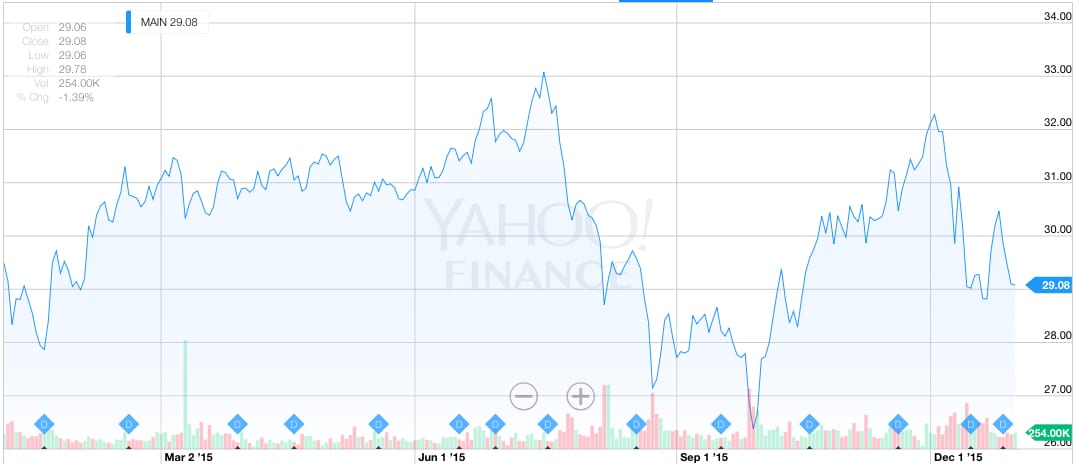Why Invest in Dividend-Paying Stocks?
By: Paul Dykewicz,

The lure of income is one of the key reasons to own a dividend-paying stock, in addition to the traditional benefit of the capital appreciation that is gained when the share-price rises.
But an important byproduct of investing in dividend payers is that their share prices tend to fall less in down markets than those of high-flying growth stocks. The payment of dividends gives investors an incentive to hold onto such stocks through rough patches in the market that may cause growth-stock holders to cut their losses.
Patience can be a virtue for investors. By riding out market storms, the owners of dividend-paying stocks continue to receive the income that originally induced them to buy the shares. Those investors also benefit from any increase in the stock price – capital appreciation – that results when a position rebounds.
Another reason to own dividend-paying stocks is that the need to pay out part of a company’s cash flow to its shareholders requires that management stay disciplined to avoid taking big gambles on high-risk, high-reward projects. Those ventures might let the top executives earn huge bonuses if the endeavors succeed but also could saddle shareholders with a financial sink hole if they fail.
A track record of outperforming other non-dividend paying stocks is yet one more reason to invest in dividend-paying equites. Research studies show that dividend-paying stocks outperform the return of non-dividend-paying stocks historically.
One of the highest-profile and most respected advocates of dividend-paying stocks is Jeremy Siegel, a professor of finance at the University of Pennsylvania’s Wharton School.
Siegel has championed his preference for dividend-paying investments as the author of books that include “Stocks for the Long Run,” which published its fifth edition in 2014, and was named by the Washington Post as one of the 10-best investment books of all time. Another one of his books, “The Future for Investors: Why the Tried and the True Triumph over the Bold and New,” was published by Crown Business in March 2005.
Siegel and I both share the view that investors can boost their returns by purchasing high-yield equities and reinvesting all of the dividends while holding the stock. An exception to the advice of reinvesting the dividends would include senior citizens or anyone else who may need the income to help cover their living expenses.
Otherwise, reinvesting the dividends is a great way to build your savings. In 10 to 20 years, your returns will be significantly higher by reinvesting dividends.
Dividend stocks also typically can be purchased at lower price-to-earnings (P/E) ratios than non-dividend-paying growth stocks. The latter equities often are accompanied by lofty expectations that drive trendy stocks to higher P/E ratios and require investors to pay a premium to buy them rather than the steady dividend-paying stocks that typically outperform them, particularly when the dividends are reinvested.
One company that pays dividends each month is Main Street Capital (MAIN, $30.60, 7.24% yield). The chart below shows its choppy share-price performance during 2015 that left investors without any capital appreciation when it dipped 0.5% during the calendar year. However, the company paid $2.66 in dividends in 2015 to produce a return for the year of 8.55%. The company’s strong return when including its dividend shows its mettle even when its stock chart looks erratic.
Aside from its monthly dividend, Main Street Capital typically pays two extra dividends a year (in July and December). It also is one of the few companies where insiders and officers tend to buy stock each month. MAIN has a unique lending niche as a financier of family-owned businesses. The strategy has helped the company to grow and to keep its costs down while producing a 78% profit margin and return on equity (ROE) of 12%.
If the attraction of income payments along with capital appreciation appeals to you, dividend-paying stocks could be worth making a sizable part of one’s investment portfolio.








 Connect with Paul Dykewicz
Connect with Paul Dykewicz




